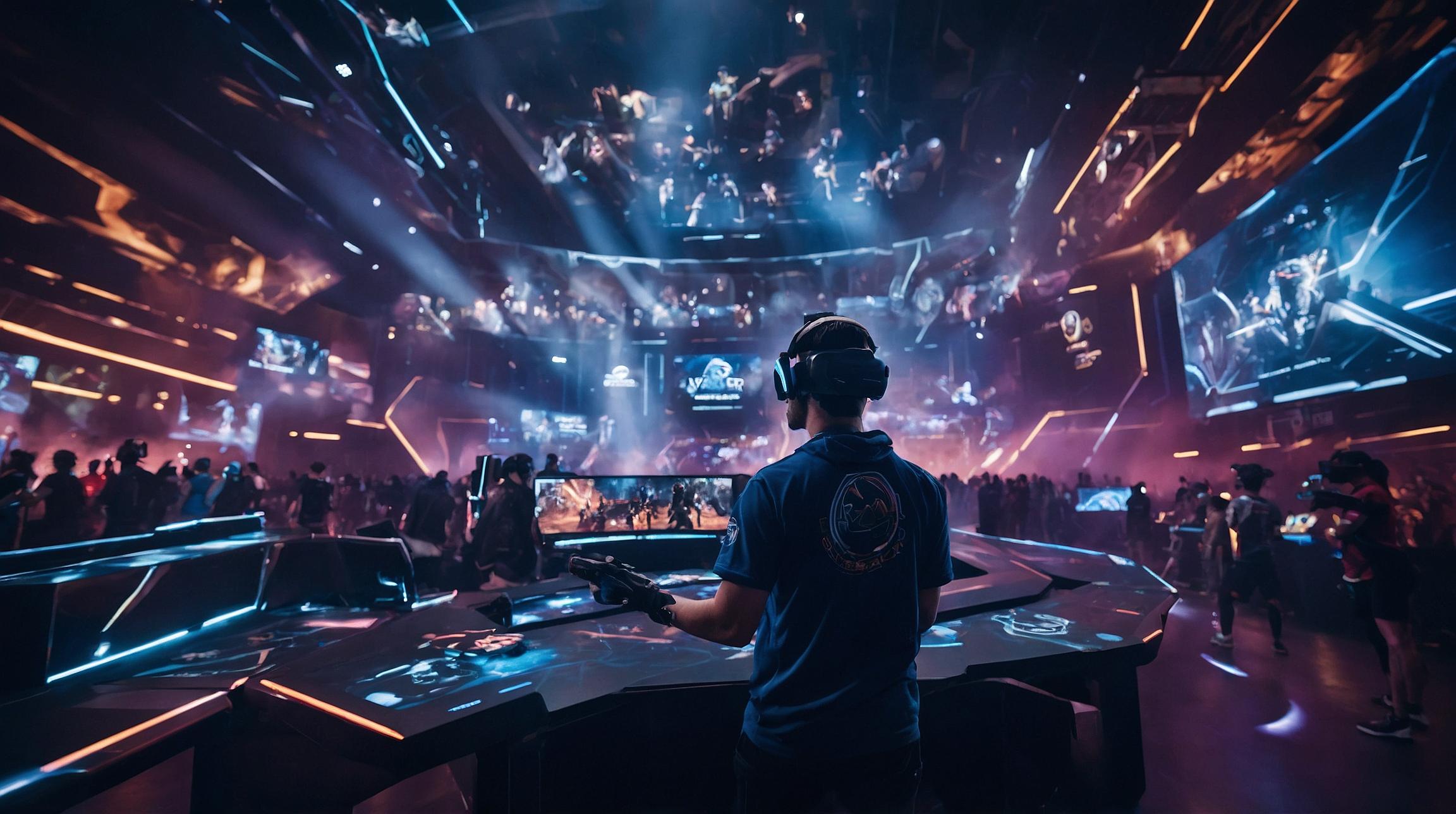Virtual Reality in the Virtual Arena
Virtual Reality (VR) is becoming a significant player in the gaming world, especially in esports. As companies develop more immersive headsets, the possibility of virtually stepping into the game is closer than ever. This advancement impacts both players and audiences. For players, VR offers a new level of immersion, making training sessions feel more realistic. For audiences, VR could revolutionize the viewing experience by placing them right in the heart of the action.
The Potential for VR and AR in Esports
VR and Augmented Reality (AR) offer several benefits to the esports industry:
- Immersive viewing: VR provides a complete 360-degree view, making spectators feel part of the game.
- Enhanced player training: Both VR and AR can create realistic environments for better practice sessions.
- Interactive fan experiences: AR allows fans to access additional context and information by simply pointing their devices at the action.
- Unique event possibilities: Combining physical and virtual elements, esports can offer experiences unmatched by traditional sports.
- Accessibility: AR makes it easier for fans to engage with the content, wherever they are.
A New Way to Play
The race is on for the first VR headset designed for competitive esports play. Games like BeatSaber and virtual casinos already use VR, but competitive gaming requires certain standards like high frame rates and responsiveness. Once VR technology can match these, we might see a shift from traditional setups to VR headsets.
Front Row Seats
Today, experiencing esports live in an arena offers unparalleled excitement. However, VR could change this by providing equally thrilling experiences at home. With VR headsets, fans can view games in an immersive, 360-degree format, making them feel closer to the action.
Interactive Audience AR
AR can significantly enhance the esports viewing experience by offering real-time stats and information overlays. For instance, spectators can point their phones at players to instantly get their stats, scores, and strategies. This technology allows for a more personalized experience, where fans can choose camera angles and players, bringing them closer to the action.
A Brief Look at the Possibilities of VR and AR in Esports
- Immersive viewing experiences: VR headsets can offer a 360-degree view of matches.
- Enhanced player training: VR can create realistic training scenarios.
- Interactive fan experiences: AR provides additional context and information.
- Hybrid esports arenas: Merging physical and digital worlds for unique experiences.
- Digital esports arenas: Entirely virtual spaces for matches and fan interaction.
VR and AR have the potential to transform esports dramatically, altering how players compete and how fans engage. With ongoing technological advancements, esports could become one of the most exciting and immersive sports worldwide.
Getting Involved
The impact of VR and AR extends beyond players to audiences. While PCs currently offer superior performance for competitive gaming, VR technology is catching up. Soon, we might see VR headsets preferred for esports events. Audiences will benefit from more engaging experiences, such as watching FPS games from inside the map itself.













